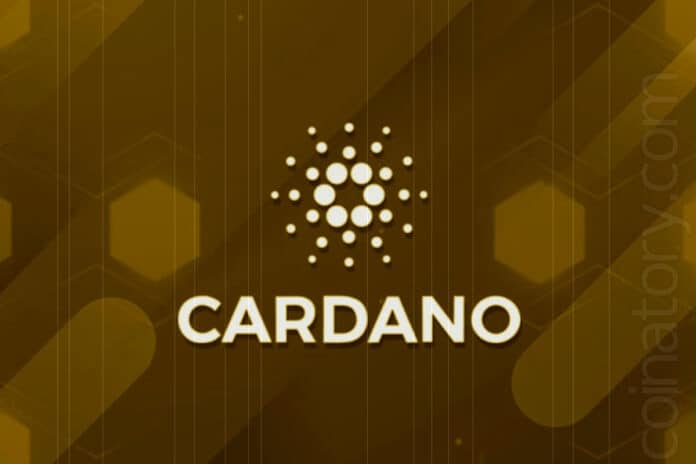Cardano stands out as a prominent cryptocurrency with a substantial market capitalization. Its primary objective is to offer a versatile and expandable blockchain platform that facilitates the execution of smart contracts. This platform opens the doors to a diverse array of decentralized financial applications, innovative cryptocurrency tokens, captivating games, and various other possibilities for development.
What is Cardano?
Established in 2015, Cardano has emerged as a prominent player among global cryptocurrencies in terms of market capitalization.Cardano’s associated cryptocurrency is actually called ADA, but many people use ADA and Cardano interchangeably. Cardano’s coin is named after Ada Lovelace, a 19th-century mathematician known as the first computer programmer.
In 2021, Cardano made significant progress by introducing smart contract support through its Alonzo update. This testnet update marked the initial step in delivering the anticipated scalability and diverse applications to Cardano users. With this update, users gained the ability to develop smart contracts, create non-fungible tokens (NFTs), and manage multiple assets. Subsequent releases and forks are expected to further enhance the mainnet by introducing additional smart contract functionalities and expanding its capabilities.
How Is Cardano Different From Bitcoin?
Bitcoin and Cardano exhibit distinct differences in their design and functionality. While Bitcoin was primarily developed as a peer-to-peer payment system, Cardano encompasses an entire ecosystem that enables developers to create tokens, decentralized applications (dApps), and various other use cases on a scalable blockchain network.
One significant difference lies in their consensus mechanisms. Cardano employs a Proof-of-Stake (PoS) approach, whereas Bitcoin relies on a competitive mining process that rewards participants with the cryptocurrency. By utilizing PoS, Cardano minimizes energy consumption and waste by eliminating the need for power-intensive mining rigs. Instead, Cardano users can install compatible wallet software on their computers or devices, stake their Ada (Cardano’s cryptocurrency), and actively participate in the network to earn rewards.
This unique approach allows Cardano to reduce its environmental impact while providing users with the opportunity to contribute to the network and earn incentives through staking their Ada.
Advantages of Cardano
Faster transactions
Cardano boasts a notable advantage in transaction processing speed compared to Bitcoin and Ethereum 1.0, often referred to as Classic Ethereum. With the capacity to handle over 250 transactions per second (TPS), Cardano surpasses the transaction throughput of Bitcoin, which is approximately 4.6 TPS, as well as Ethereum 1.0, which typically ranges between 15 and 45 TPS. This impressive transaction processing capability positions the Cardano network as highly scalable and efficient in facilitating a large volume of transactions.
Cardano more environmentally friendly
Cardano is significantly more environmentally friendly than Bitcoin, claiming to be 1.6 million times more energy-efficient.
Is Ada a good investment?
Please note that the following statement is our opinion and should not be considered financial advice. Cardano looks well-positioned to reach its full potential in the coming years. If Cardano successfully boosts market sentiment among crypto enthusiasts, ADA crypto price could continue to rise for the next five years.
As per our Cardano price prediction 2023, ADA coin is expected to reach a possible high of $0.72 by the end of 2023. We forecast a minimum price of $0.27 and an average price of $0.41 for the year.
In the long term, we expect the price of cryptocurrency to grow systematically. By 2025, the price growth is expected to be more than 60% of the current price. We believe that Ada is a good investment and will continue to grow in the long term, with the possibility of periodic price declines.


 Read us in Google News
Read us in Google News



